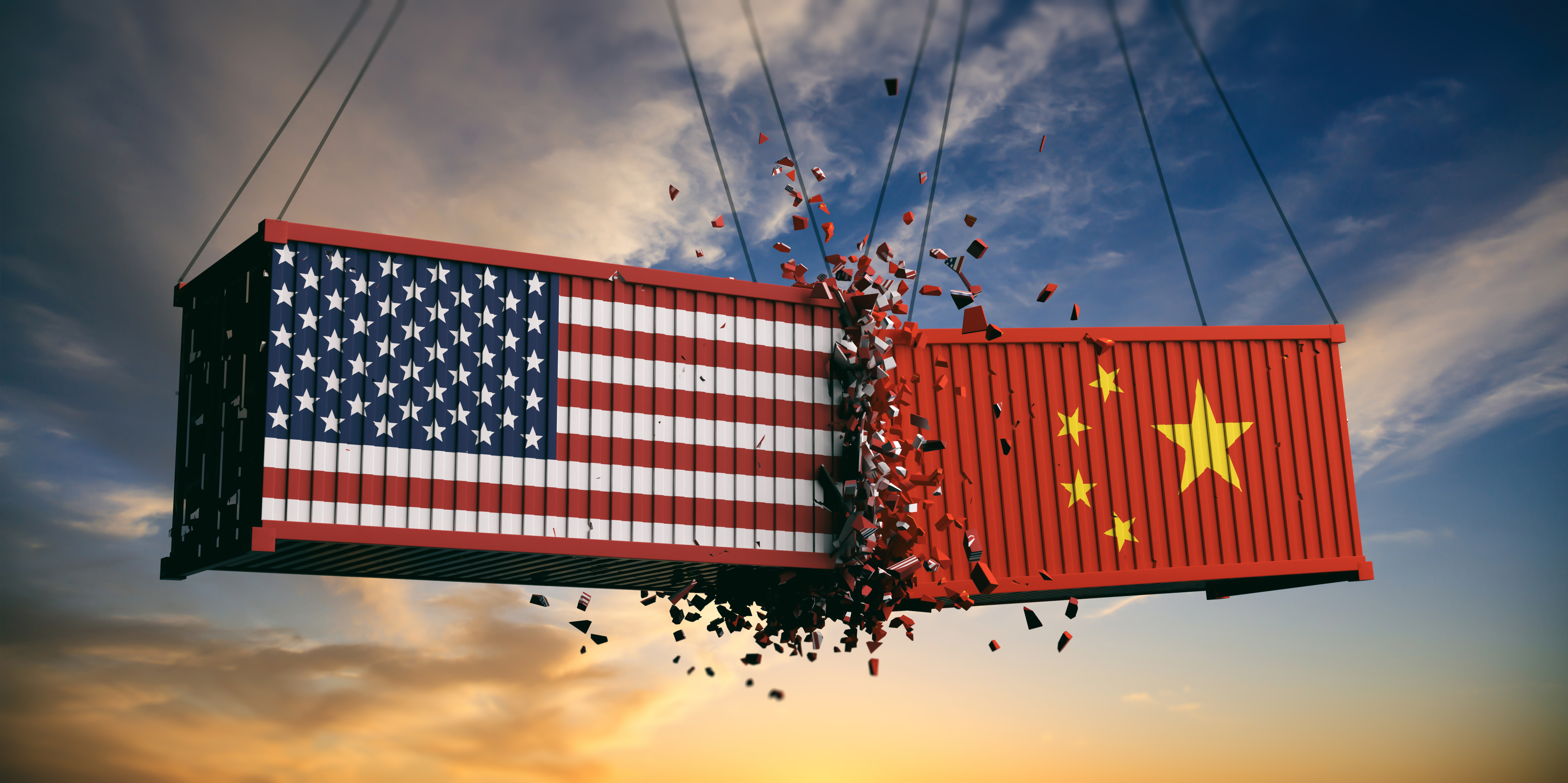By Grace Alexander
The mid-2018 announcement that increased tariffs would be instituted on a range of imported materials from China sent instant shock waves through the United States’ manufacturing markets. The tariff increases, cumulatively amounting to a 25% hike, disproportionately affected markets which utilize electronic components. An initial 10% tariff was implemented by October 1, 2018, impacting $50 billion in import goods, and an additional 15% tariff went into effect on January 1, 2019, affecting an additional $200 billion worth of imported items.
Topping the list of electronic components which are impacted by the tariffs on Chinese imports are capacitors, resistors, regulators, and conductors. These parts directly affect the telecommunications, computer, automotive and other tech industries, and will almost certainly increase the cost of electronics as a pass-through expense to consumers. Additionally, the tariffs and associated rising costs can contribute to an already significant shortage of necessary electrical components across the supply chain for U.S.-based manufacturers.
From the inception of the “Made in China 2025” campaign in 2015, China has been positioning itself to take a lead in global tech manufacturing and emerging biotech markets. For U.S. manufacturers, the threat was minimal at first, but now high tariffs and shrinking procurement avenues can make it harder to meet production and shipment deadlines. Those at the highest risk are smaller companies that are shoved to the bottom of the priority list by component suppliers.
The massive shift in the global market produces a ripple effect that doesn’t just impact consumers. While the B2C landscape will see a hike in end-user costs, the correlation won’t be a dollar to dollar increase of 25%; rather, the costs will be even larger as shipping rates also go up. Many U.S. companies with available warehouse space began scrambling to import as much product as possible before the tariffs went into effect. This activity pushed cargo space costs up by as much as 30%, and the inflated rates will be slow to return to former levels.
Larger telecom companies may be positioned to absorb some of the impact, but small electronics manufacturers will feel the bit of rising component costs most keenly and will be forced to pass along the increased cost to consumers. Video cards, for example, hover around a 4% profit margin, with the possible range reaching 8% at best.
The U.S. automotive industry, already staggering thanks to earlier rounds of tariffs on steel and aluminum, may be among the hardest hit by the latest round of tariffs, however. U.S. based suppliers like Stoneridge, one of 2018’s top performing designers, manufacturers, and suppliers of OEM and aftermarket electrical automotive components, are reevaluating their goals. Stoneridge announced the closing of its Canton, Massachusetts, manufacturing plant by the end of 2019, citing a need to “consolidate operations and engineering capabilities” and review strategic alternatives for “non-core products.”
Re-shoring is unlikely due to investments made in offshore facilities and equipment, but arrangements for key suppliers to become importers of record may provide some relief against the tariffs which are strangling the U.S.
In the meantime, new products being developed are shifting towards models which focus on availability as a key factor in product design, as the future of availability in the North American market remains unstable.

